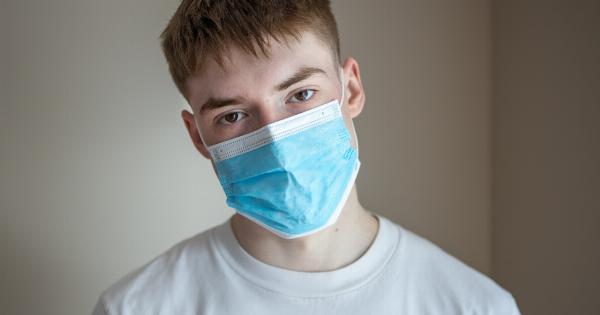While the exact causes of cancer can vary greatly depending on individual circumstances, there are certain risk factors that can significantly increase a person’s chance of developing cancer.
By understanding and addressing these risk factors, individuals can take important steps towards reducing their cancer risk. In this article, we will explore the top 5 risk factors for cancer and provide useful insights on how to mitigate them.
1. Tobacco and Smoking
Tobacco use, including smoking cigarettes, cigars, and pipes, as well as chewing tobacco, remains one of the leading causes of preventable cancers.
The harmful chemicals present in tobacco smoke can damage DNA and other genetic material in the body, leading to the initiation and progression of cancer.
To reduce your risk, it is crucial to quit smoking or never start in the first place. Additionally, avoiding secondhand smoke is equally important, as passive exposure to tobacco smoke can also significantly increase cancer risk.
2. Unhealthy Diet and Obesity
An unhealthy diet that is high in processed foods, added sugars, and unhealthy fats, while low in fruits, vegetables, and whole grains, can contribute to obesity.
Obesity, in turn, is associated with an increased risk of several types of cancer, including breast, colorectal, kidney, and pancreatic cancer.
Adopting a balanced diet that includes plenty of fruits, vegetables, whole grains, and lean proteins can help maintain a healthy weight and reduce the risk of cancer.
Additionally, limiting the consumption of sugary beverages, processed foods, and red meat can have a positive impact on overall health.
3. Lack of Physical Activity
Leading a sedentary lifestyle and not engaging in regular physical activity is a significant risk factor for cancer.
Studies have consistently shown that being physically active plays a crucial role in preventing various types of cancer, including breast, colon, and endometrial cancer.
Engaging in at least 150 minutes of moderate-intensity aerobic exercise or 75 minutes of vigorous-intensity exercise per week can significantly lower the risk of developing cancer.
Incorporating activities like walking, cycling, swimming, and strength training into your routine can have long-term benefits for your health.
4. Exposure to Harmful UV Radiation
Excessive exposure to ultraviolet (UV) radiation from the sun or tanning beds is a known risk factor for skin cancer, including melanoma, the deadliest form of skin cancer.
Prolonged exposure to UV radiation can damage the DNA within skin cells, leading to the development of cancer.
To minimize the risk, it is crucial to limit your exposure to the sun during peak hours, wear protective clothing, hats, and sunglasses, and apply broad-spectrum sunscreen with an appropriate SPF.
Avoiding tanning beds altogether is also highly recommended.
5. Environmental and Occupational Exposures
In certain industries and occupations, individuals are exposed to various chemicals, carcinogens, and pollutants that can increase the risk of cancer.
For example, asbestos exposure in certain workplaces has been linked to lung cancer and mesothelioma, a rare cancer affecting the lining of the lungs, abdomen, or heart.
It is important to follow proper safety guidelines, wear protective equipment, and take necessary precautions to minimize exposure to harmful substances in the workplace or the environment.
Understanding the potential risks associated with specific occupations and industries can help individuals make informed decisions and reduce their cancer risk.
Conclusion
While the risk of developing cancer is influenced by a combination of factors, certain behaviors and exposures can increase the likelihood of developing this disease.
By addressing the top 5 risk factors discussed in this article, individuals can actively work towards reducing their risk of cancer.
Remember, quitting smoking, adopting a healthy diet, engaging in regular physical activity, protecting yourself from harmful UV radiation, and minimizing exposure to environmental and occupational hazards are key strategies for reducing your cancer risk.



























